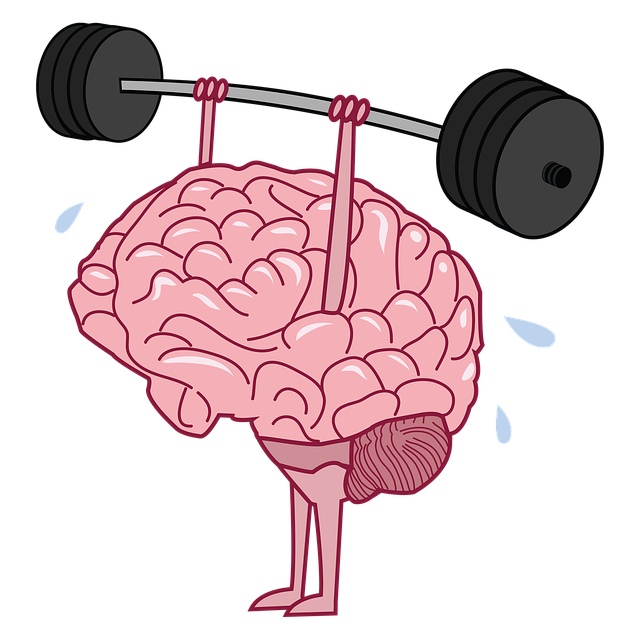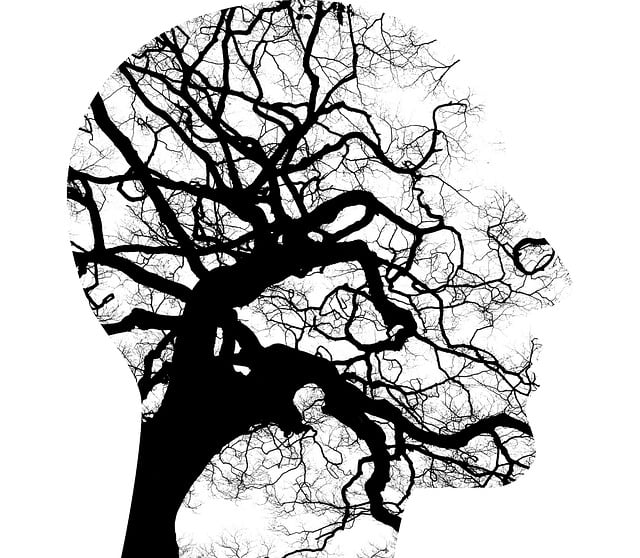Program evaluation is key to enhancing mental wellness coaching in at-risk populations, like those using Highlands Ranch Sexual Abuse Survivor Therapy services. By combining quantitative (surveys, stats) and qualitative (interviews, focus groups) data, this approach ensures tailored support for trauma survivors, addressing emotional challenges through culturally sensitive practices. The method optimizes resources, refines services, and meets unique needs, focusing on mental health outcomes, self-care, stigma reduction, and therapist interviews to gain holistic insights. Regular case reviews and trend analysis further tailor interventions, prevent burnout, and continuously improve the therapeutic environment. Best practices advocate for a multi-faceted evaluation using diverse data collection methods to deeply understand the program's impact on survivors' lives.
Mental wellness program evaluation is crucial, especially for high-risk populations like survivors of sexual abuse. This article explores effective evaluation methods, providing a comprehensive framework for assessing mental health initiatives. We delve into the balance between quantitative and qualitative approaches to gauge therapeutic interventions, using a case study of Highlands Ranch Sexual Abuse Survivor Therapy as an inspiring example. Learn best practices for measuring success and identifying areas for improvement in program evaluation.
- Understanding the Significance of Program Evaluation for High-Risk Populations
- Assessing Mental Wellness Programs: A Comprehensive Framework
- The Role of Quantitative and Qualitative Methods in Evaluating Therapeutic Interventions
- Case Study: Implementing an Effective Evaluation Strategy for Highlands Ranch Sexual Abuse Survivor Therapy
- Measuring Success and Identifying Areas for Improvement: Best Practices in Program Evaluation
Understanding the Significance of Program Evaluation for High-Risk Populations

In the context of high-risk populations like Highlands Ranch Sexual Abuse Survivor Therapy clients, program evaluation is more than just a bureaucratic formality; it’s a lifeline. Understanding and assessing the effectiveness of mental wellness coaching programs is crucial to ensuring that interventions are not only reaching their intended audience but also making a tangible difference in their lives. These individuals often face complex emotional challenges related to trauma, which require specialized care and tailored support. Program evaluation allows for continuous improvement by identifying what works best for specific groups, incorporating elements like emotional regulation techniques, and adapting services to address unique cultural sensitivities in mental healthcare practice.
For high-risk populations, where the stakes are highest, evaluating programs becomes an imperative task. It helps in not only refining existing strategies but also in developing new, more effective Mental Wellness Coaching Programs. By carefully examining outcomes, engagement rates, and satisfaction levels, professionals can tailor interventions to better serve these vulnerable individuals. This proactive approach ensures that resources are allocated wisely and that the unique needs of Highlands Ranch Sexual Abuse Survivor Therapy clients are met with culturally sensitive and emotionally supportive care.
Assessing Mental Wellness Programs: A Comprehensive Framework

Evaluating mental wellness programs is a multifaceted process that requires a comprehensive framework to ensure effectiveness and accountability. Beyond measuring simple participant satisfaction, a robust evaluation should assess the program’s impact on improving mental health outcomes, enhancing Self-Care Practices, and reducing the stigma associated with mental illness. This involves employing both quantitative and qualitative methods to gather data from various sources, including participants, facilitators, and relevant community stakeholders.
For instance, in the context of Highlands Ranch Sexual Abuse Survivor Therapy, evaluation might include pre-and post-program surveys to gauge changes in mental health symptoms, focus groups to explore participants’ experiences and insights, and interviews with therapists to assess program implementation. Integrating these diverse perspectives allows for a holistic understanding of the program’s strengths, weaknesses, and areas for improvement, ultimately guiding evidence-based Mental Wellness initiatives that cater to the unique needs of survivors.
The Role of Quantitative and Qualitative Methods in Evaluating Therapeutic Interventions

Evaluating therapeutic interventions is a multifaceted process that leverages both quantitative and qualitative methods to gain comprehensive insights. Quantitative approaches, such as surveys and statistical analyses, provide objective data on outcomes like symptom reduction, client satisfaction, and treatment adherence. These metrics are crucial for measuring the effectiveness of programs, like Highlands Ranch Sexual Abuse Survivor Therapy, in reducing distress and enhancing mental wellness.
Qualitative methods, including interviews, focus groups, and case studies, offer deeper understanding into clients’ subjective experiences. They shed light on communication strategies that foster resilience and reveal nuances in the therapeutic process. Moreover, these approaches aid in identifying barriers to treatment, facilitating risk assessment for mental health professionals, and tailoring interventions to meet individual needs—all essential components of successful therapy programs.
Case Study: Implementing an Effective Evaluation Strategy for Highlands Ranch Sexual Abuse Survivor Therapy

In the context of Highlands Ranch Sexual Abuse Survivor Therapy, implementing a robust evaluation strategy is paramount to measure program effectiveness and ensure client well-being. The approach must go beyond traditional metrics, delving into qualitative aspects to capture the nuanced progress of survivors’ mental wellness journeys. A successful evaluation method involves regular case reviews, where therapists document individual therapy sessions, highlighting improvements in emotional regulation, social skills training, and any emerging challenges.
By analyzing these records, the therapy team can identify trends and tailor interventions accordingly. For instance, consistent progress in emotional regulation might indicate a successful coping strategy, while setbacks could signal the need for additional support or a change in treatment methods. This dynamic evaluation allows for continuous improvement, addressing potential burnout prevention issues early on and fostering a more adaptive and responsive therapeutic environment for Highlands Ranch Sexual Abuse Survivor Therapy participants.
Measuring Success and Identifying Areas for Improvement: Best Practices in Program Evaluation

Measuring success and identifying areas for improvement are crucial aspects of program evaluation for any mental wellness initiative, especially in specialized areas like Highland Ranch Sexual Abuse Survivor Therapy. Best practices involve a multi-faceted approach to ensure comprehensive assessment. One effective method is using qualitative and quantitative data collection techniques, allowing for a deeper understanding of the program’s impact on participants’ lives. This can include surveys, interviews, and focus groups where survivors share their experiences, providing valuable insights into what works well and areas needing enhancement.
Additionally, integrating risk management planning for mental health professionals is essential in evaluating safety protocols within these programs. By analyzing incidents and near-misses, therapists can refine their practices to better support survivors while minimizing potential risks. This proactive approach, coupled with regular Healthcare Provider Cultural Competency Training, ensures that the program remains sensitive to diverse needs, effectively addressing anxiety relief and fostering a supportive environment for all participants.
Program evaluation is a vital tool for understanding the effectiveness of mental wellness initiatives, especially for high-risk populations. By combining quantitative and qualitative methods, as demonstrated in the case study of Highlands Ranch Sexual Abuse Survivor Therapy, professionals can gain comprehensive insights into therapeutic interventions. This approach allows for continuous improvement, ensuring support systems adapt to the unique needs of survivors. Best practices encourage a holistic evaluation process, measuring both success stories and areas requiring enhancement, ultimately fostering more effective and targeted mental wellness programs.














